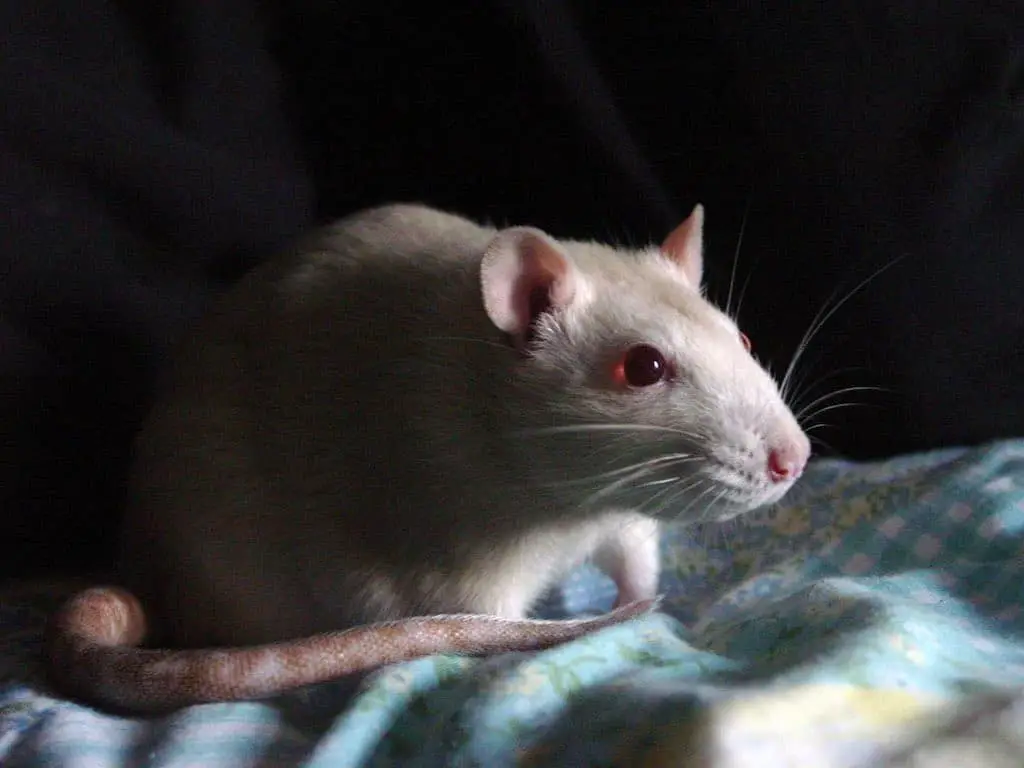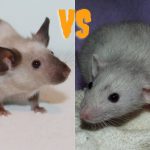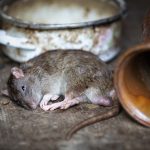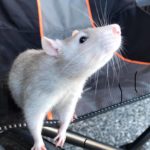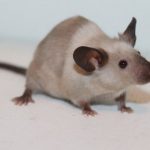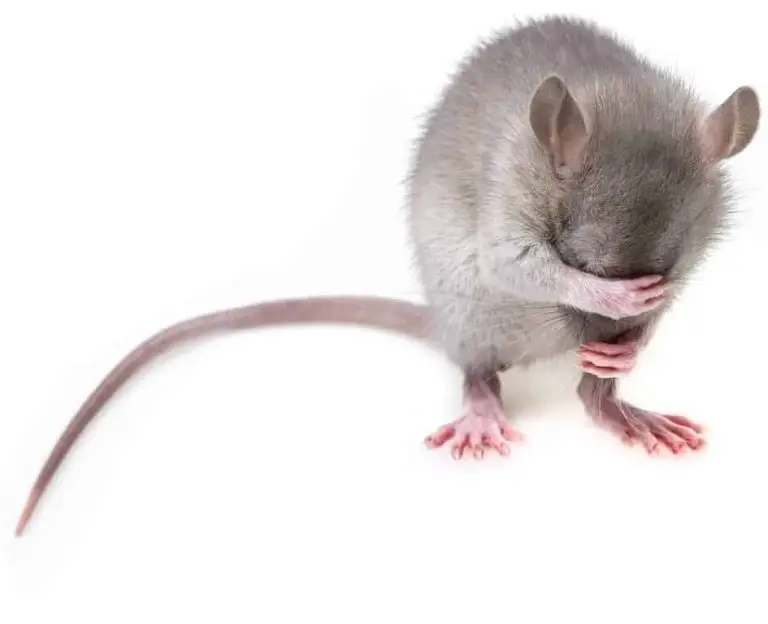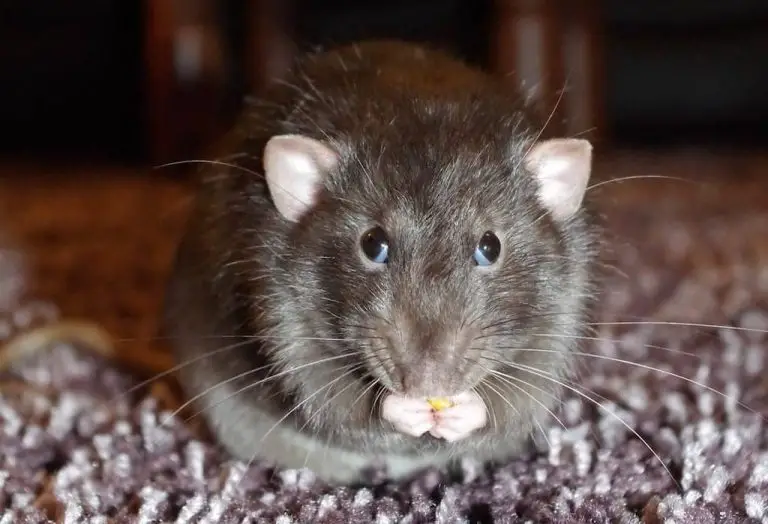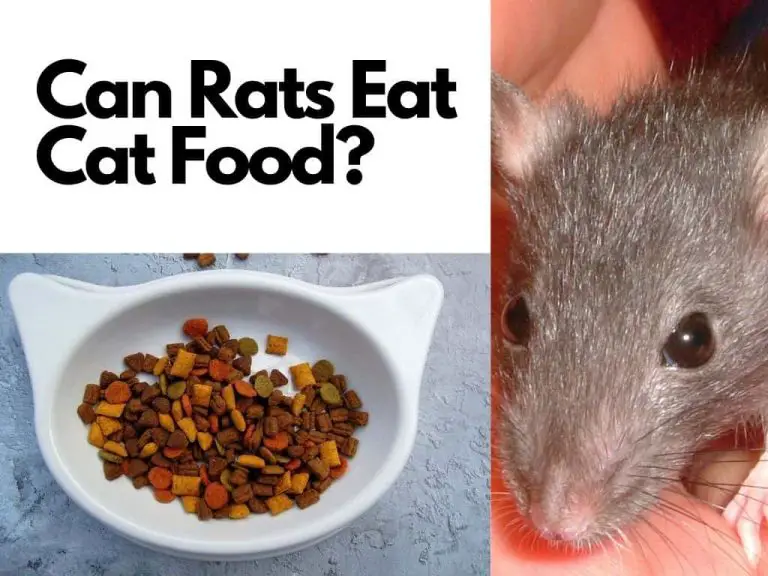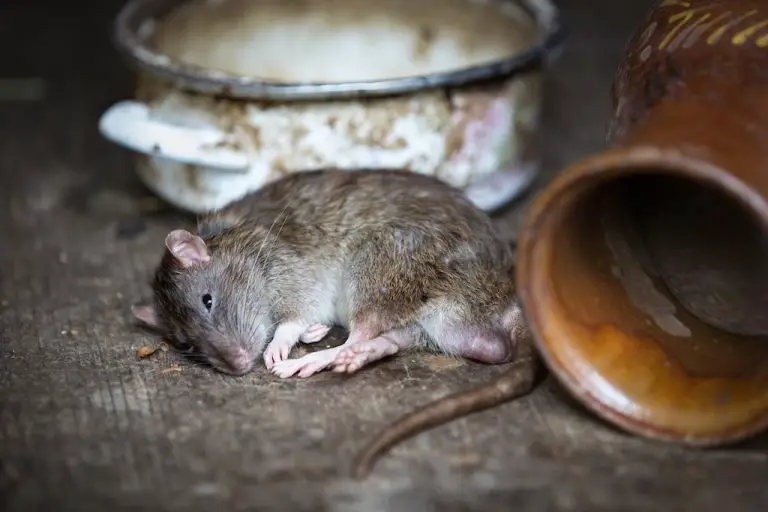Fancy Rat Breeds
Rats have become a popular choice for pets over the past several years. There are many reasons for this. Rats are smart, curious, affectionate, and can easily be trained. They are also a relatively low-maintenance pet that can also provide companionship and entertainment for a pet owner.
Fancy rats are domesticated rats that are used as pets. Fancy rats are categorized by varieties or breeds. Each variety has different factors that make one breed different from another. Some of the factors that determine a breed include shape, fur color, markings, coat types, and eye color.
I recommend getting to know the differences between each variety (or breed) in order to determine which variety of rat is best suited for your experience level, preferences, and lifestyle. As you read, I will walk you through the different factors that make up rat varieties and the most popular rat varieties available.
Fancy Rat Breeds
The specific factors underlying the appearance of a fancy rat will determine what kind of fancy rat breed that you have.
There are specific differences in each rat breed that make them unique.
Standard
Standard rats are the most common breed of fancy rat. They have short, soft fur, and their fur and whiskers are straight.
Standard rats are very easy to take care of and don’t require any special accommodations. They are a great rat for beginning rat owners.
Hairless
Hairless rats lack any hair on their bodies, and their skin is completely exposed. This causes some complications for these rats, and rat owners need to take these things into consideration.
- Since hairless rats have no skin, they are not able to regulate their own body temperature
- They will need special sweaters or blankets that will help them when the temperatures are cold
Hairless rats are also more susceptible to injury since they do not have a coat of fur to protect them and they are generally more likely to have diseases that will need veterinary care.
Tailless
Tailless rats have no tail and just as it was stated earlier, they have a different skeletal structure due to the lack of tail.
While having a tailless rat might look a little concerning at first, they are just like any of the other breeds of rats and can come in a variety of colors. The only common problem that tailless rats have is a higher likelihood of having pelvic issues as they age.
Rex
This variation of rat has curly fur and whiskers. Some rex rats have full curly fur while others might just have some waves.
The whiskers for these rats are also curly, but the amount of curl in the whiskers is different for each rat. These are also very easy rats to care for and do not generally have any health problems associated with them.
Dumbo
The dumbo variation of rats is like most other variations except for their ears. The ears give them a cute, lovable appearance and are very popular among rat owners.
They are very active rats and love to play. They, however, are more likely to become overweight so their food intake must be watched carefully.
Bristle
This variation of rat has coarse, straight fur. Bristle rats can sometimes look like they have wavy or curly fur but it is much more coarse than a rex variety of rat.
These are also a type of rat that is easy to care for and are not prone to any diseases. They are another great option for any rat owner.
Satin
This variety of rat is luxurious when it comes to fur type and texture. Satin rats are very soft and have smooth, silky fur. They also have a shorter nose than most other rats, which gives them an even more unique appearance.
Satin rats are known to suffer from respiratory illnesses more often than other rat varieties. Because of this, these rats might be more challenging to care for.
Different Characteristics of Fancy Rat Breeds
Just like dogs and cats, there are many differences in the fancy rat varieties. These different characteristics are called factors. Each variety of rats is classified with several different factors. These factors make them unique from other rat varieties.
In this next section, I will list the different factors used to determine the varieties of rats. Each category will explain in detail the different physical features that occur in fancy rats.
Fur Color
Fancy rats can be bred in a wide variety of colors. Rats can either be a solid color or flecked colors. When a rat is a solid color, its whole body is just one color. When a rat has flecked colored fur, it will have different colors mixed throughout its coat.
Some common solid colors that fancy rats can have include:
- Gray
- Black
- White
- Cream or off-white
- Light Gray
- Light blue
For flecked colored rats, agouti is a largely popular color. This is a rat that is tri-colored and includes a mixture of black, red, and brown fur colors. This agouti style has several variations that I will explain further.
- Agouti with orange and a cream undercoat (also called fawn)
- Agouti with an orange or tan color and a gray undercoat (also called Argente)
- Agouti with red mixed in (also called cinnamon)
- Agouti with a shade of blue (also called blue agouti)
- Any color of rat with silver tips at the end of the fur (also called silvered)
These different color variations give pet owners many choices when deciding on a pet rat to purchase.
Fur Types
Along with the various types of colorings that appear in fancy rats, there is also a small variety of fur types that change the texture of the coat in a rat.
- Standard (or normal) – coat is short and straight.
- Harley – coat is longer than the standard rat but is also straight.
- Satin-coat – this coat is very long and is much softer than the standard or Harley coats.
- Rexed – coat is curly. Whiskers are also curly.
- Velveteen – coat is even softer and silkier than the satin type.
There are also rats that have no fur at all. These are called hairless rats. Their skin is fully exposed and they complete the look with some wrinkles in their skin.
Eye Color
Fancy rats can also have a variety of different eye colors. Typically, rats will have pink, black, or red eyes. Some rats might also have ruby eyes. This is an eye color that looks black under normal circumstances but will turn red if a bright light is shined on the eye.
Rats can also have two eyes with two different colors. These rats are called odd-eyed since they do not have a consistent eye color.
Coat Markings
Another way fancy rats are classified is by the various markings they may have in their fur. Many rats will not have perfect markings and might have a variety of different markings on them. But some fancy rats are specifically bred to have particular markings that are used in competition.
If a rat has a self-marking, that means that the rat is one solid color. Rats that have a self-marking can be any color but it does not include rats that are a solid white color.
A rat with a hooded marking is mainly white but they will have a different color on their head and shoulders (like a hood). They will also have a stripe down the spine of that same color. The hooded marking also has different variations to it. A caped marking is a hooded marking but without the stripe. A dalmatian marking has the hooded marking with spots. A variegated marking has spots instead of a stripe down the back.
Rats with blazed markings have a white stripe that runs between the eyes of the rat. An Irish marking has a white triangle found on the chest of the rat. Finally, a Berkshire marked rat has a color on the top of the rat and a belly that is white.
Body Type
There are only two major differences when it comes to body types in rats. These differences are easy to detect and make a rat stand out tremendously next to other rats.
- Tailless rats look very different from other rats because, just like their name states, they have no tails
- This also changes the skeleton structure of the rat a bit since they don’t need to accommodate the weight of the tail
Dumbo rats also are quite different in appearance from other rats. These rats have large ears that stick out on the sides of their heads.
Conclusion
There are a lot of differences when it comes to varieties in rats. From their fur color, texture, and markings to their shape and physical anomalies. Knowing what to look for in a rat and knowing what your preferences are will allow you to choose a pet that is right for you.

